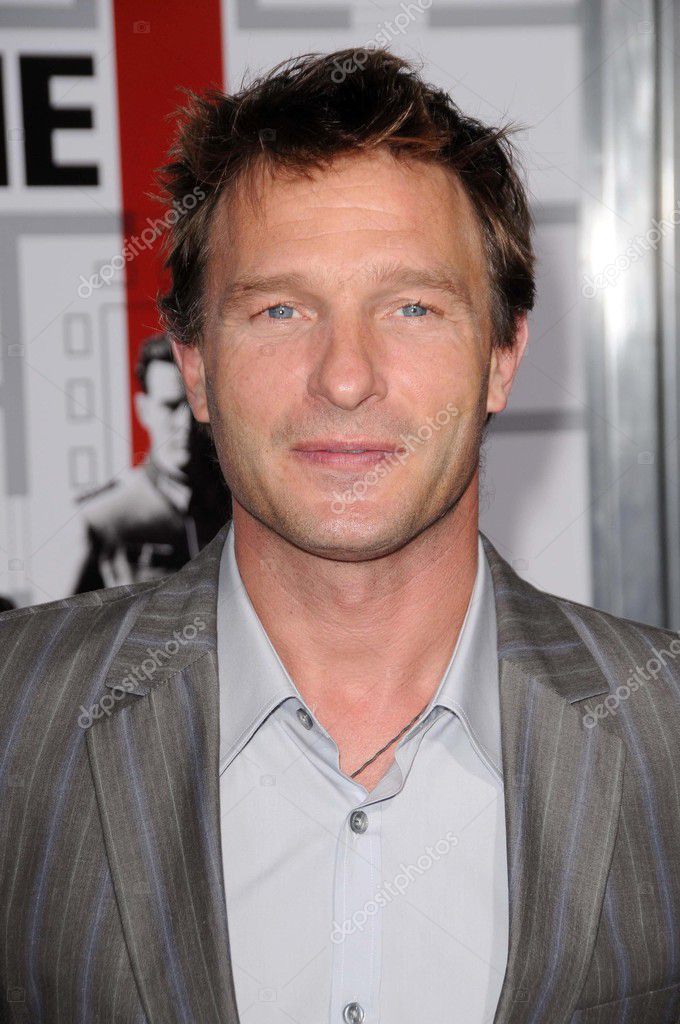


If every emergency were the same and required the same resources, figuring out how to help people would be easy and no one would ever have to suffer due to a lack of medicine or supplies.īut every place in the world is different, both in the risks people face and the resources they have available. Every emergency – and every place – is different It all has to be in place, and it all has to work together. How do you figure out what you’re up against and what supplies to order?Īnd, finally, if the supply chain can’t get the necessary medicines and supplies to the people who need them, all the other response achievements don’t matter. Or maybe there’s a nearby lab, but the lab workers don’t have the equipment or training to process the sample. In a crisis, every link in the chain has to be working properly.įor example, if there’s a disease outbreak, what good is it to send a team to take a sample if you can’t ship that sample to a lab? Every link in the chain is critical From left to right – Tom Jackson, Joe Vitale, and Michael Ayres: DSNS facilitators for medical countermeasures workshop at Ethiopia Public Health Institute in Addis Ababa, Ethiopia, February 2016. The stockpile has hosted medical supply chain workshops in developing countries, including Ethiopia, Uganda and Cameroon. As a senior training advisor for the Strategic National Stockpile, my job is to help responders in other countries figure out how to make their supply chains work in any type of public health crisis. One of the essential goals of the Global Health Security Agenda is to create a structure for sending and receiving medicines and materials (medical countermeasures) and staff between international partners during public health emergencies. In many parts of the world, it can be hard to even get the basics. In an emergency, we even have a stockpile of medicines on hand and people with the skills and resources to deliver it anywhere in the United States within 12 hours.
#STOCKPILE THOMAS SERIES#
That’s because our medical supply chain – the series of organizations, companies, and systems that make sure those shelves are stocked – works well. In the United States, most of us take it for granted that if we need medicine – cough syrup, aspirin, or even most antibiotics – we can just run down to the pharmacy and get it. Tom Jackson touring proposed medical material storage site in Yaounde, Cameroon in March 2015.


 0 kommentar(er)
0 kommentar(er)
